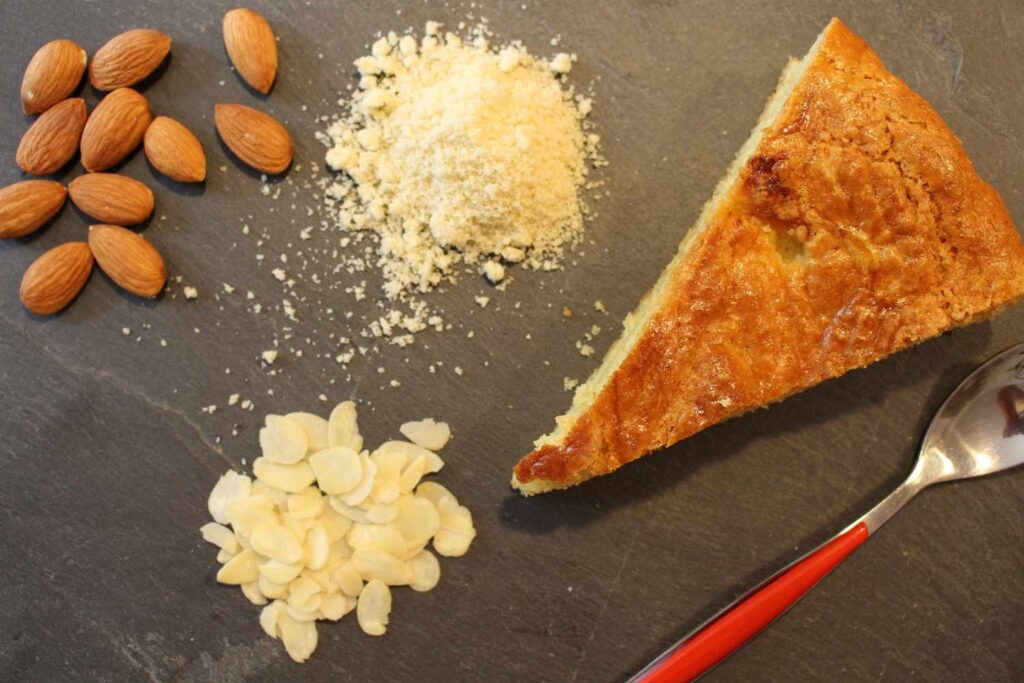French preschool begins with Petite Section, the first year of school in France, welcoming children aged 3-4. In the UK, this would be called nursery, and in the US, preschool.
What is Petite Section?
The Petite Section marks the beginning of your child’s formal education journey in France. It is also the first year of what the French call École Maternelle (Pre-Primary School in the UK or Pre-K / Kindergarten in the USA), composed of three grades – Petite Section, Moyenne Section, and Grand Section. Unlike in the UK and the US, children in France must attend preschool from the age of three.
The schools offer a playful introduction to structured learning, where emphasis is placed on social interaction, creativity, and early developmental skills. Rather than academic pressure, the goal is to help children adjust to a group setting, follow routines, and explore the world around them through play.
Petite Section starts in September, following the French school year calendar. It is open to children who are three years old by December 31 of that school year. This means that some children may begin at just under three years old, while others may be closer to four.
When my daughter started Petite Section, I was amazed by how quickly she adapted to life at her French public school. She didn’t speak a word of French when she started Petite Section, and by the end of the school year, she was reciting French stories by heart. At this age, children are like sponges when learning new languages, and our experience has shown just that.

A day in the life of a Petite Section student
A typical day starts at 8:30 am, as children arrive and hang up their coats and backpacks. The morning is often spent with a combination of free play and structured activities, followed by a leisurely lunch break.
Lunchtime is between 11:30 am and 1:30 pm, and children have free play after meals. Kids never bring lunch to school; they either eat in the cafeteria or their parents pick them up for lunch and return them to school. The children put on bibs and don’t come home with any food stains on their clothing.
After lunch, kids nap for up to 1.5 to 2 hours. Children often bring their favorite stuffed toy, doudou, to help them settle for sleep.
After naptime, it’s time for more class activities, and the school day finishes between 3 pm and 3:15 pm. All state schools offer afterschool care every day for a relatively small fee. Extending the school stay until 4:30 pm or 6 pm is also possible.
Wednesdays in France are treated differently from the rest of the school week, as it’s meant to be a day for rest and extracurricular activities. While some schools don’t hold classes on Wednesdays, others have classes on Wednesday mornings until about midday. In the afternoons, public schools offer afterschool activities (“centres de loisirs”), often in the same building as the school. As a result, many Petite Section students stay at school for the same amount of time as on other days, or even longer, since the centres de loisirs typically finish at 6 pm. Some private schools also offer extracurricular activities on Wednesday afternoons, but these typically finish around 4-4:30 pm and cost significantly more than public schools.
Learning through play: Petite Section curriculum
The objective of education in France at this stage is to instill a genuine enthusiasm for learning in children, to make them want to go to school to learn, to assert and develop their personality, and to foster their curiosity about the world around them. Central to this process is the incorporation of both play-based learning and free play. Children learn through playing, thinking, solving problems, practicing, recalling, and memorizing.
French preschools also place a strong emphasis on developing independence in children. Teachers encourage kids to take on responsibilities in the classroom, such as tidying up toys. Children also learn essential skills like fastening buttons, zipping up coats, and putting on coats and gloves, encouraging them to dress independently at school and at home.
In my daughter’s Petite Section class, all the children were divided into small groups, with each group rotating through different workshops throughout the day. The teacher added colored stickers to the name tags, and each sticker indicated the group the children belonged to. In the mornings, the teacher listed activities for each group, and the children checked the board to find their activities for the day. Here are some of the activities the children got up to during the year:
Maths
In math, children learned basic shapes and numbers through fun games and activities. They matched numbers with corresponding quantities, arranged them in ascending order, and classified items based on size. Storytelling, such as the tale of Goldilocks and the Three Bears, helped children understand concepts like “more than,” “too much,” “as many as,” and “the same number.” Additionally, they explored geometric vocabulary and the properties of simple shapes.

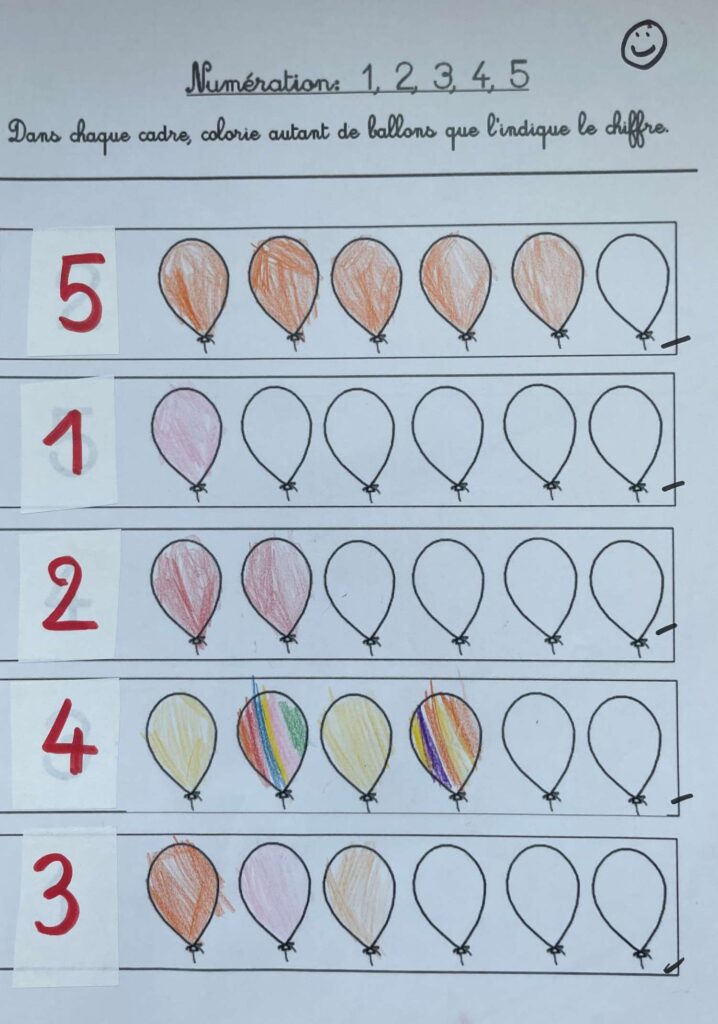
Writing
Children are taught proper pencil grip and practice drawing horizontal lines from left to right, in alignment with the direction of writing. They also learn to model and write their first names in capital letters using various mediums such as clay, sand, felt-tip pens, or colored pencils. By the end of the school year, the goal is for all students to write their first names in block capitals. Additionally, they practice writing other words in capital letters.

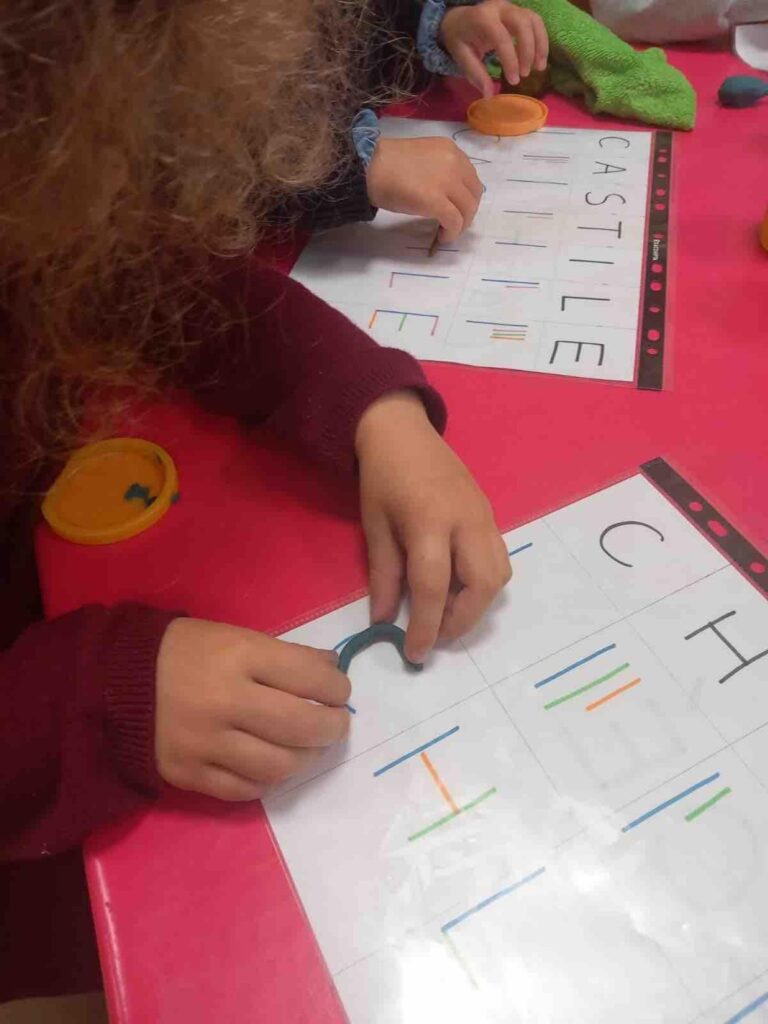
Storytelling and poem recitals
The teacher reads stories to the class and encourages the children to retell them in their own words. The kids also learn short poems throughout the year and recite them on special occasions like Mother’s Day and Father’s Day.
Arts and crafts
Arts played a significant role in the students’ learning this year. The kids engaged in a lot of drawing, painting, and crafting, unleashing their creativity with colorful masterpieces. As well as teaching kids to use scissors and glue, they introduced the kids to various renowned artists and encouraged them to mirror their work through their own creations.

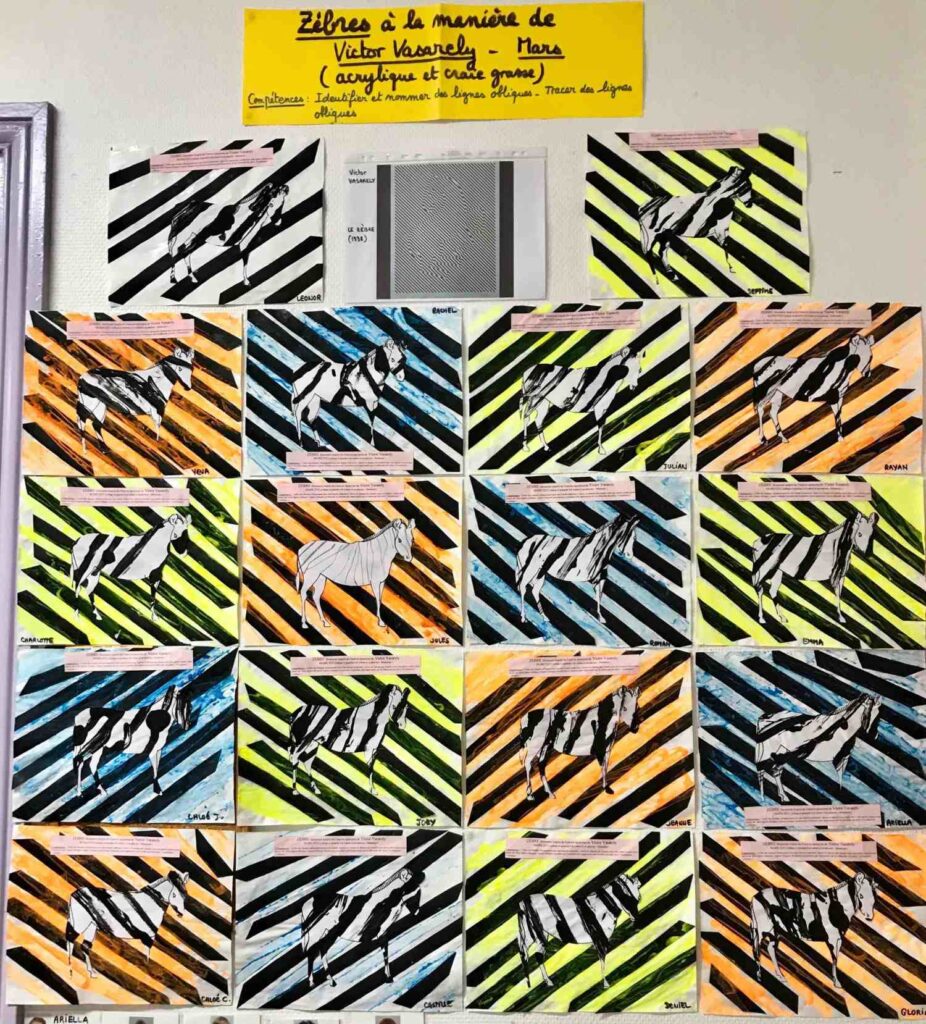
Gardening
With the arrival of spring, outdoor activities take center stage, and children spend time exploring the world of gardening. They planted and nurtured radishes in the spring, discovering vocabulary related to plants and gardening tools.
In May, the kids harvested the radishes and tasted them with a small slice of buttered fresh baguette and a little bit of salt. Hmmm!
After planting pebbles, shells, and coffee beans into the ground, they experimented and discovered that these were not seeds. This provided another opportunity to learn what a seed is and how different seeds yield different plants.


Cooking
The kids learned what a recipe is and had a go at cooking traditional French food like crepes and galette des rois (a puff pastry cake).
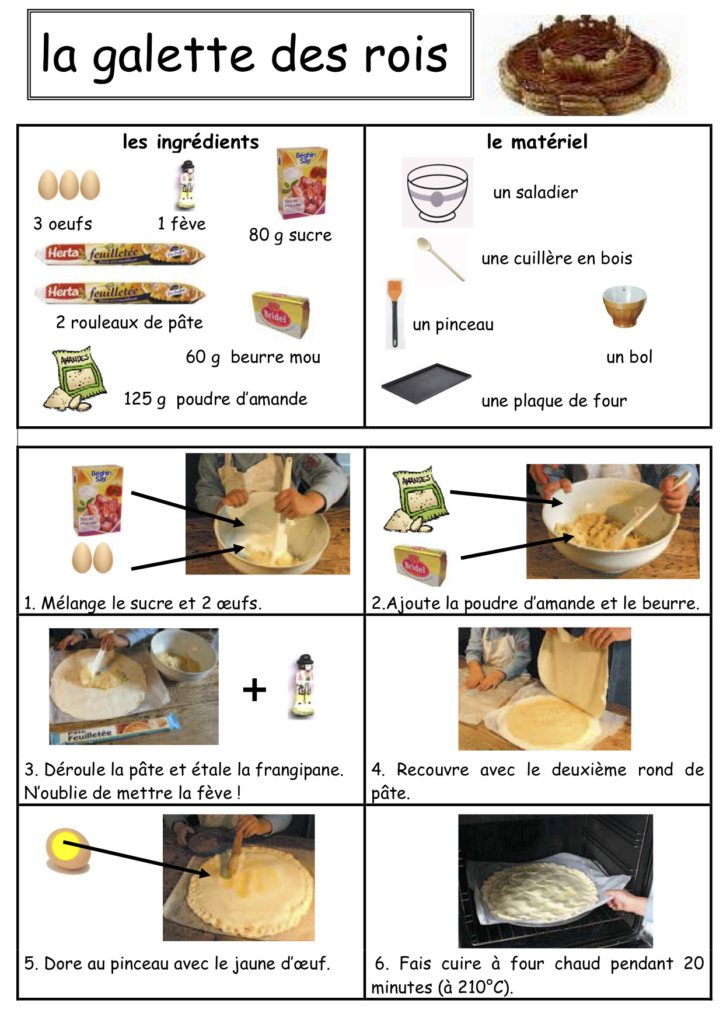

School outings in Petite Section
At our school in Paris, the Petite Section class visited the local library every couple of months for storytelling and to borrow books. There were also cinema outings, a trip to the local modern art museum, and a visit to the zoo, an hour outside of Paris.

Interaction with parents
In my daughter’s class, we were fortunate to have a teacher who shared weekly updates. There was an online platform where parents could read about the kids’ activities, complete with many photos accompanying the week’s diary. Not all teachers dedicate time to this so we were lucky to be able to have this platform.
Parents are invited to watch Christmas and end-of-year performances featuring traditional singing and dancing.
At the end of the year, teachers provide parents with a report card called the Carnet de suivi des apprentissages (“Learning Logbook”). The school keeps it and passes it on from one year group to the next. It is an observation book filled in by the teacher to monitor learning throughout the year, with a brief summary of academic achievements.
Final thoughts on our experience with Petite Section
My daughter’s first year at French preschool was excellent. I’m delighted with how the school organized teaching and communication with parents. Compared to my elder daughter’s UK private school experience at the same age, this one is broadly similar. The only difference is the cost! We might have been fortunate, but this year’s experience boosted my confidence in the French public school system.. Let’s wait and see what the next year brings.



